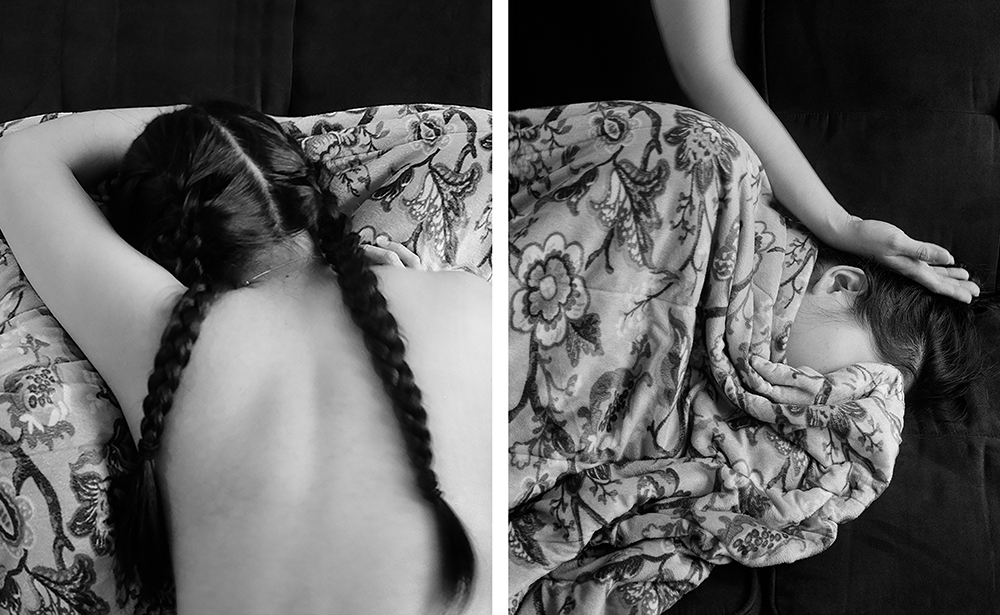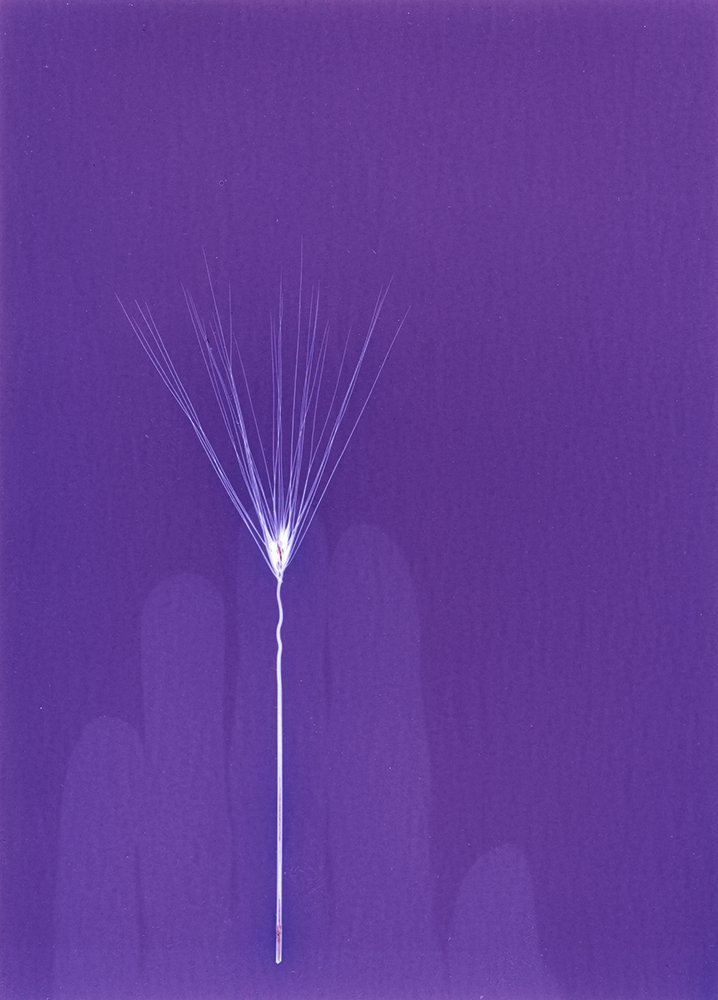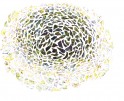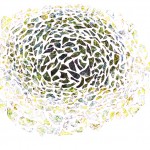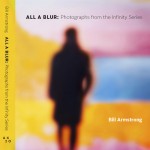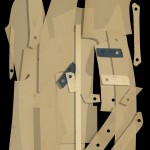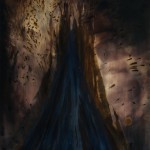Chelsea Tan: before the light escapes us…
Today, we will be exploring projects inspired by intimacy and memory. Today, we’ll be looking at Chelsea Tan’s series before the light escapes us….
I first saw Chelsea Tan’s work in the Fall of 2022. She submitted work to the first open call we hosted with Midwest Nice Art, a collective I run with my husband, Tim Rickett. Chelsea’s work has stuck with me over the years because of its ability to give viewers a sense of desire and absence. The images are not overly produced but could be something we pass by. They remind me of the times when you walk through life and tell yourself to actively appreciate small moments and remember how you feel. Chelsea is able to capture these moments with deeper undertones that allude to her personal narratives. As an emerging artist, Chelsea is work is continuing to grow and I cannot wait to see how her images grow.
Chelsea Tan is a Singaporean artist currently based in Chicago whose practice uses photography, ephemera, handmade artist books, fibre arts, and installation as mediums to navigate through the complex themes of desire, intimacy, and belonging.
Tan holds an MFA from the School of the Art Institute of Chicago.
Follow Chelsea on Instagram at: @chelseaseaocean
before the light escapes us…
When we hold someone’s hands, how long does a second feel? In that fleeting moment of touch, time can seem suspended, and the duration of a second can feel like an eternity of shared emotion and understanding.
Unlike hugs or kisses, which are often associated with tenderness and intimacy, a handshake traditionally carries a sense of formality and distance. Yet, when we truly hold someone’s hands, it allows access to a deeper level of connection and vulnerability. Hands, with their tactile honesty, reveal our innermost emotions—cold and clammy when nervous or stressed, warm and comforting when at ease.
If eyes are the window to the soul, then hands are the doors which give access to the soul.
Across the long Midwestern winter months, I began the daily practice of photographing myself, and at times with others, in my studio. Using a slow shutter speed to compensate for the dim and fast-setting winter light, the process slows both myself and my collaborators down. Creating a space where relationships evolve beyond photographer and subject; between us there is a quiet, unspoken intimacy which is shared in the brief moment of stillness.
Epiphany Knedler: How did your project come about?
Chelsea Tan: My project emerged from a deeply personal and transformative period marked by challenges to my safety in public spaces, where these experiences instilled a fear that confined me indoors, jeopardising my ability to work in my studio — a critical concern especially with an impending thesis show deadline looming.
This was when I established a disciplined daily routine of self-portraiture in my studio.
I had set a list of rules to follow:
- I have to photograph myself daily
- I have to photograph two rolls of 120 film (amounting to 20 frames)
- I have to photograph in my studio with a blanket as the backdrop
- I have to focus on body, movement, and gestures
- I have to only use the available light
Every day across the span of 5 months, I sat in the quietness of my studio photographing myself, and watched as the light coming through the window began to diminish faster and earlier each day. In response, my exposures lengthened and my movements slowed, becoming more deliberate.
A realisation during this repetitive daily process was the expressive power of hands. Captivated and fixated by their ability to convey emotion and narrative, I began exploring gestures focused solely on hands. I was curious about how an image would translate to the viewer when the only context available to them were hands. How loudly will these hands speak then?
When I began inviting people to photograph with me, I only had one request: their hands. I asked for my hands and their hands to exist in the same photographic frame together for 20 frames, where there was no obligation for physical contact or touch. Over time, this simple request evolved organically into capturing broader gestures of intimacy — their hands clasping mine firmly, playful tugs on my braid, tender caresses on my head. Each gesture displaying trust, vulnerability, and connection.
In hindsight, before the light escapes us… is beyond exploring the expressiveness of hands, but also about how physical touch is integral in establishing connection and belonging. As my collaborators and I sat together, holding hands for 2 to 4 seconds in front of the camera lens, I felt anchored within the photographic frame. It felt like home.
EK: What relationship does memory or intimacy play within your practice?
CT: Memory and intimacy are central themes that I cannot escape in my artistic practice since they are deeply intertwined with my innately sentimental nature. As such, my work is often strongly influenced by personal memory and the relationships I have with the people around me.
That being said, I am currently playing around with the ideas of imagined realities and fictional memory through using found objects and altered photographic negatives to create lumen print collages.
I am also drawn to the memory that objects hold, rather than the personal memories we attach to them. I am fascinated by the indexical quality of photosensitive material and how ephemeral and temporal they are. An example would be unfixed lumen prints, where the print holds the imprint and mark of the objects placed on top of it, but continue to evolve and change the longer it is left exposed to light.
The image then slowly begins to fade and change with time.
Almost like a memory.
EK: Is there a specific image that is your favorite or particularly meaningful to this series?
CT: While every image in this series is meaningful to me, we will never be the same again is a diptych that I have such a tender spot for.
Analogue photography has a unique charm to it as you never quite know what the eventual image is until after the film has been chemically processed, and so every image always holds an element of surprise.
In this diptych, the serendipitous alignment of the two frames creates a singular composition, yet the subtle eeriness of the mysterious third arm descending to caress the face clues the viewer in that these are two distinct images.
EK: Can you tell us about your artistic practice?
CT: Even though I work with a variety of mediums, my starting point is always photography. So many ideas I have first start out as a photograph, and with time as I gradually experiment with other ways the image can be transformed or reimagined in a different medium or sequence.
The way I approach photography has evolved drastically since I first started working with the medium. I used to be so precious about my prints and images, where I wanted them to be technically perfect and almost always presented them in a traditional grid.
Now, I am learning to let go to that preciousness and perfection in my practice and open myself to embracing the opportunities that come from failures and experimentation.
EK: What’s next for you?
CT: I am currently working on a series exploring time and its passage. If cicadas and summer weeds mark the start of summer, and fallen leaves mark the onset of autumn, what happens when these seasonal markers are imprinted onto an unfixed lumen print? The print continues to change and evolve as the seasons progress and time passes.
Concurrently, I am also working on a collaboration with Christian Gutierrez, a cross-disciplinary artist whose practice points to themes of labor via depictions of repetition, scenes of making, and the creation of kinetic sculptures. While the collaboration is still in its nascency, we plan to create a body of work that deals with ideas of memory, repetition, and movement.
Thank you so much for featuring me on Lenscratch. To all the hands that held mine across the diminishing winter light, thank you for your time and tenderness. And always, my heartfelt gratitude to Rory Mulligan, without whom I never would have picked up a camera all those summers ago.

©Chelsea Tan, don’t hold this against me, unfixed lumen print (personal archive, summer weeds, and lake water), 2023
Epiphany Knedler is an interdisciplinary artist + educator exploring the ways we engage with history. She graduated from the University of South Dakota with a BFA in Studio Art and a BA in Political Science and completed her MFA in Studio Art at East Carolina University. She is based in Aberdeen, South Dakota, serving as a Lecturer of Art and the co-curator for the art collective Midwest Nice Art. Her work has been exhibited in the New York Times, Vermont Center for Photography, Lenscratch, Dek Unu Arts, and awarded through the Lucie Foundation, F-Stop Magazine, and Photolucida Critical Mass.
Follow Epiphany Knedler on Instagram: @epiphanysk
Posts on Lenscratch may not be reproduced without the permission of the Lenscratch staff and the photographer.
Recommended
-
The Female Gaze: Alysia Macaulay – Forms Uniquely Her OwnDecember 17th, 2025
-
Bill Armstrong: All A Blur: Photographs from the Infinity SeriesNovember 17th, 2025
-
Robert Rauschenberg at Gemini G.E.LOctober 18th, 2025
-
Erin Shirreff: Permanent DraftsAugust 24th, 2025
-
Shelagh Howard: The Secret KeepersJuly 7th, 2025








